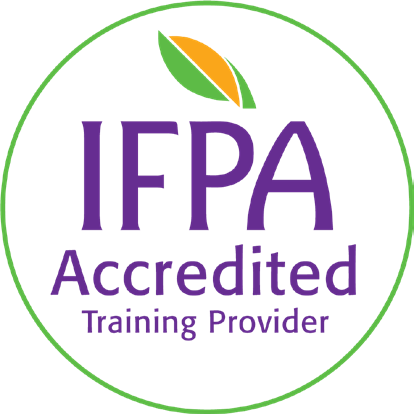Course Content
Studies commence at 9.00 a.m. and finish at 5.00 p.m.
Charaka, a classical Ayurvedic writer, defines disease and health thus, "A disharmony among the constituents which support the body is known as disease; their harmony is called health, the state of normality. A sense of well-being is characteristic of the absence of disease, for disease is always associated with discomfort". Ayurvedic practitioners use, among other remedies, herbs, essential oils and massage in treating their patients.
There are many different kinds of Ayurvedic massage. Pastes of herbs or medicines can be applied to the skin with the intention of them permeating the skin and reaching different tissues and other elements of the body. Massage with oil removes dirt from the skin and helps, indirectly, the action of the lungs, the large intestine and the kidneys. Massage can help the three different doshas to balance and settle and, for this, we must use different strokes, base oils and herbal mixtures.
Topics addressed during this 2-day course include:
- What is Ayurveda and what is its significance in today's world?
- The three Doshas
- Vikruti (acquired constitution) & Prakriti (essence constitution) Assessment Charts
- Contra-indications for Massage
- Ayurvedic Carrier Oils & Medicated Oils: Ashwagandha, Bhringaraj, Brahmi, Mahanarayan
- Essential Oils for the three body-Doshas
- Balancing the three body-Doshas
- Pathogenesis
- Skin & Common Disorders
- Ayurvedic Massage-Techniques
- Marma Points
Please note that this Course is a Post-graduate qualification course, during which the student is assessed for competence.
Certificates of Qualification are awarded to successfully completing Therapists
Many Associations accept our courses for CPD including the IFPA (12 Category A Points).
 Accredited school
Accredited school

